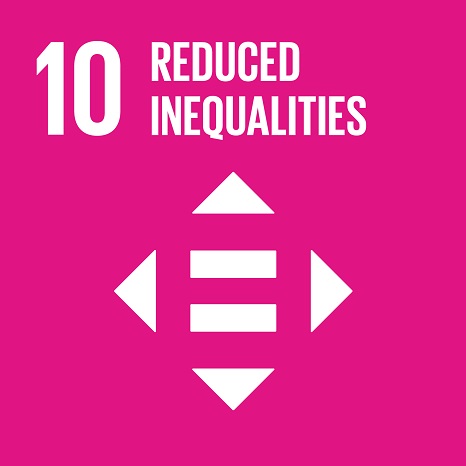Ciência_Iscte
Publications
Publication Detailed Description
Classism in pain care: the role of patient socioeconomic status on nurses’ pain assessment and management practices
Journal Title
Pain Medicine
Year (definitive publication)
2019
Language
English
Country
United Kingdom
More Information
Web of Science®
Scopus
Google Scholar
This publication is not indexed in Overton
Abstract
Objective: Research on social disparities in pain care has been mainly focused on the role of race/racism and sex/sexism. Classism inpain assessmentand management practiceshas been much less investigated.We aimedto testthe effect of patientsocioeconomic status(SES; a proxy of social class)on nurses’ pain assessment and management practicesandwhether patient SES modulated the effectsofpatient distress and evidence of pathologyon such practices.
Design: Two experimental studies with a 2 (patient SES: low/high) by 2 (patient distress or evidence of pathology: absent/present) between-subject design.
Subjects: Female nurses participated in two experimental studies (n=150/n=158).
Methods: Nurses were presented with a vignette/picture depicting the clinical case of a female with chronic low-back pain, followed by a video of the patient performing a pain inducing movement. Afterwards,nurses reported their pain assessment and management practices.
Results: The low SES patient’s pain was assessed as less intense, moreattributedto psychological factors and considered less credible (in the presence of distress cues) than the higher SES patient’s pain. Higher SES buffered the detrimental impact of the presence of distress cues on pain assessment. No effects were found on management practices.
Conclusions:Our findings point to the potential buffering role of SES against the detrimental effect of certain clinical cues on pain assessments. This study contributes to raise the need to further investigate the role of SES/social class on pain care and its underlying meanings and processes.
Acknowledgements
--
Keywords
Classism,Socioeconomic status,Pain assessment and management,Biases,Diagnostic evidence of pathology,Patient distress
Fields of Science and Technology Classification
- Psychology - Social Sciences
Funding Records
| Funding Reference | Funding Entity |
|---|---|
| PTDC/MHC-PSC/2041/2014 | Fundação para a Ciência e a Tecnologia |
| UID/PSI/03125/2013 | Fundação para a Ciência e a Tecnologia |
Contributions to the Sustainable Development Goals of the United Nations
With the objective to increase the research activity directed towards the achievement of the United Nations 2030 Sustainable Development Goals, the possibility of associating scientific publications with the Sustainable Development Goals is now available in Ciência_Iscte. These are the Sustainable Development Goals identified by the author(s) for this publication. For more detailed information on the Sustainable Development Goals, click here.

 Português
Português



